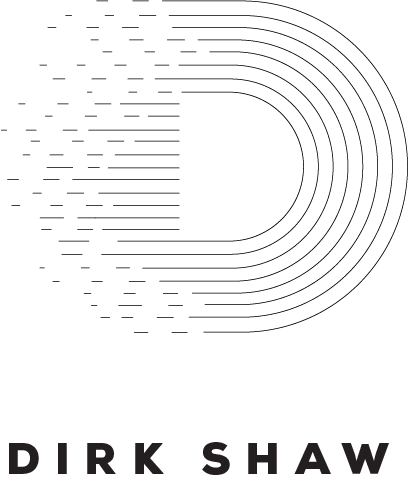What's shaping The future OF work?

As Executives are Preparing for the future of work, there is a lot to contend with.
New technologies, multigenerational (remote) workforces, and a mix of on and off-balance sheet employees will force leaders to re-imagine work.
Modernizing how we lead and employees get work done will be one of the most significant challenges we face in the next decade. But if done right, there is an opportunity to create an environment where people want to invest their time.
Over the last year of working in the recruiting industry, I've distilled some key attributes that will power the next generation experience.
Personalize based on how I want to engage
Let's talk about Candidate-Centric Experiences aimed at the next generations.
As a gen Xer, I'll say that we have been conditioned that endless scrolling, being left with no communications, is just part of a broken process. This will not be acceptable when you try to recruit people who gauge interest in metrics, like how quickly something was opened or someone swiping up.
The hiring process's orientation needs to be flipped from company-centric to candidate-centric and be a more familiar way of interacting with people.
Giving control of a career journey versus forcing them into a legacy construct guided by the old world technology will create a better, more fluid relationship that can expand far beyond today's needs.
2. Automate to create a more human experience.
Relationship building starts with better-recruiting tools.
Using Automation as a smart assistant for hiring should power every step of the candidate journey. Yet, its full potential can't be reached with a series of point solutions.
The Recruiter of the future will be armed with a smart assistant capable of helping them navigate thousands of data points, automating follow-ups, and generating a set of intelligent recommendations.
Taking away the burden of these time-consuming tasks will let recruiters focus on getting to know things about people that machines cannot. This time to build relationships will increase the overall happiness of all involved.
3. Evolve beyond skills to alignment
I believe a new metric will emerge for organizations to model their talent for the future, and that is alignment. Leaders need to know how aligned a person is to their role, team, and culture to indicate how they perform.
“92 % of talent professionals reported that soft skills are equally or more critical to hire than hard skills. When candidates don’t work out, 89% equate this to a lack of soft skills.”
4. Intelligent lifecycles.
Executives must align their talent to business outcomes to stay ahead of the competition. To do this, business leaders need an integrated data environment that robust prediction models that allow them to effectively manage the full lifecycle of an employee.
A Career Data Platform will become a foundational element that powers the experience an employee has during their tenure and provides the insights leaders need to optimize talent in changing market conditions.










